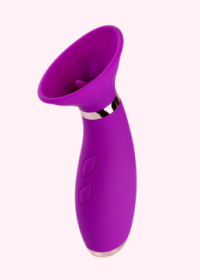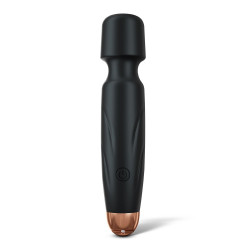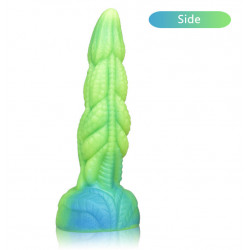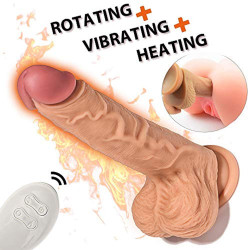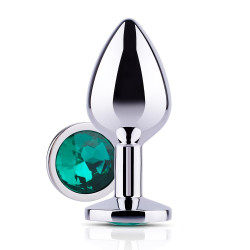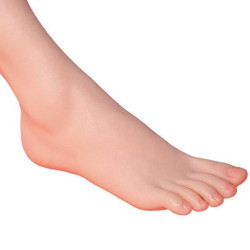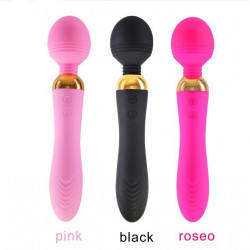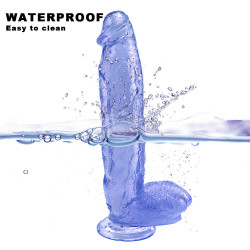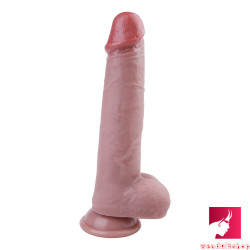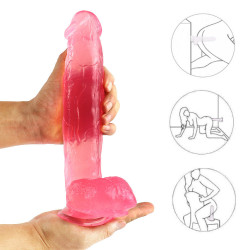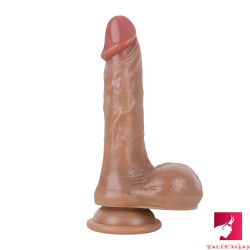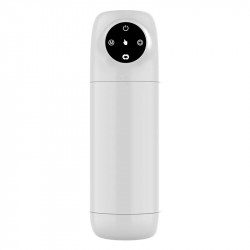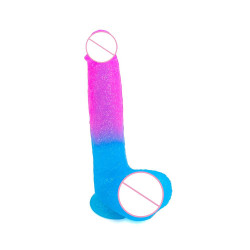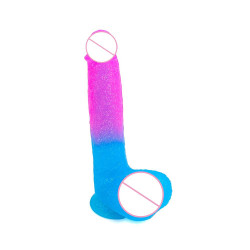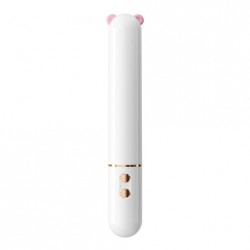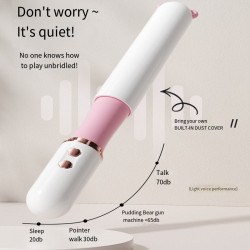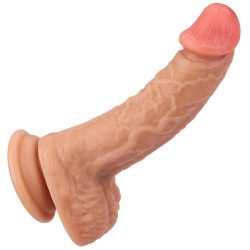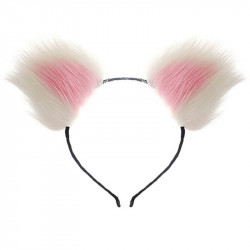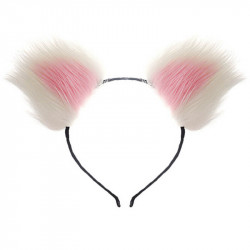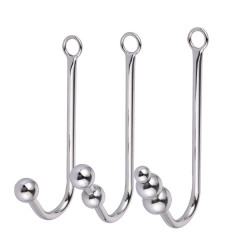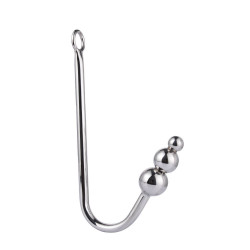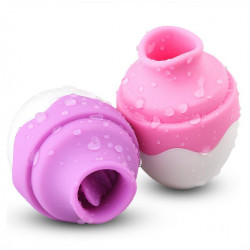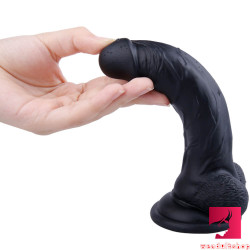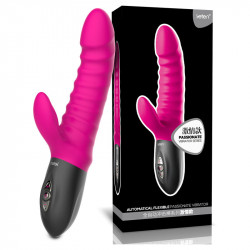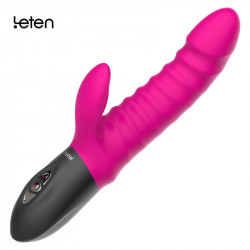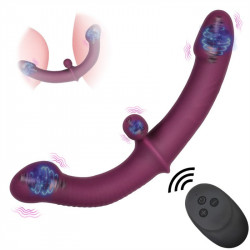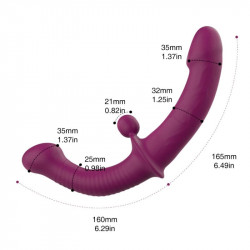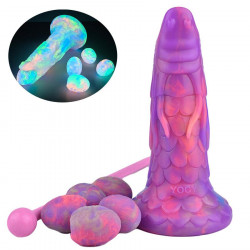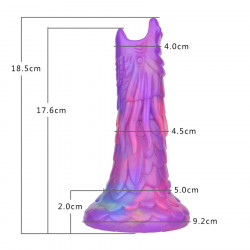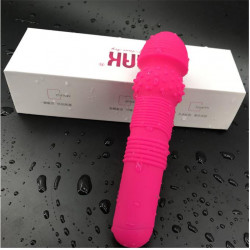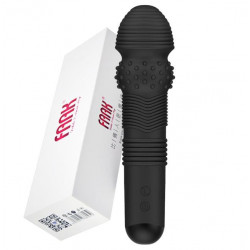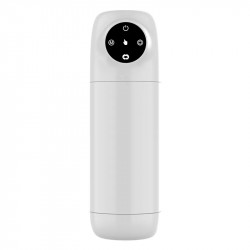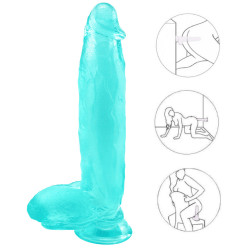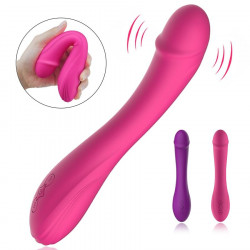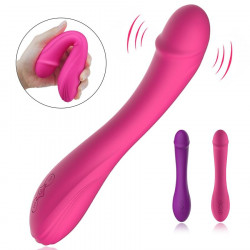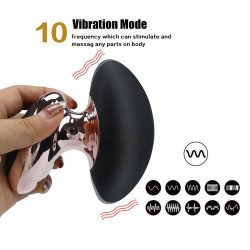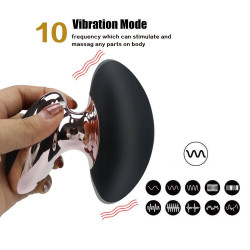An Introduction to Paddles: Safety, Size and Materials
Paddling may be a fun and safe pastime for both partners if the proper paddle is chosen.
Impact play enthusiasts have a few favorites. Naturally, spankings are a classic. However, paddles of different sizes, forms, and compositions are comparable. Compared to hands, paddles are excellent for covering a greater area and are also more convenient to use over time. To heighten the impact, many impact scenes start with a spanking and progress to paddles.
In contrast to whips or floggers, paddles are typically regarded as safe and straightforward to use. Though they're a lot of fun, there are risks associated with using them, just like with a hand spanking. Understanding safe paddling techniques and the many kinds of paddles available will help you ensure that this activity is enjoyable and safe for all participating partners.
The Basics of Paddling Safety
Understanding the body and how it functions is crucial before participating in any form of impact play. Enormous, muscular, and fat areas, such as the bottom, are ideal for impact play since they are typically located distant from vital organs.
In other words, do not strike the head, neck, face, spine, or front portion of the body. As they gain more experience and understanding of the body, beginners can limit their impact play to the upper thighs and buttocks.
There are areas on the actual buttocks that hurt more and less. The middle of the buttocks, at their apex and lower, should receive the majority of the impact. A hit that is higher than the apex—the roundest, most noticeable portion—can harm the tailbone and result in discomfort that bottoms don't usually experience.
As with any BDSM activity, trusted partners must use safewords. Getting to know one another prior and engaging in a comprehensive negotiation are required. Additionally, make sure your toys are in good shape. Anything that seems hazardous or broken should be thrown out.
Types of Paddles
Paddles come in two basic varieties: slappers and straight paddles. Paddles are one-piece, round or rectangular, and typically made of leather, though they can also be made of wood or plastic.
Slappers resemble two paddles assembled in layers. When you strike someone with them, the upper layers "slap" against the lower layers, adding force. They are a little more painful and a little more severe.
Additionally, there are paddles with and without holes. Because there is less air friction between the device and the user's skin, paddles with holes are more painful and severe. It implies that you can strike more forcefully while exerting less effort. Until they have a firm understanding of their strength and control, beginners should limit themselves to complete no-hole paddles.
Paddle Sizes
Keep in mind that a smaller impact area will hurt more. To cause more localized pain, it is preferable to warm up with more extensive tools before switching to smaller ones. Additionally, warming up increases endorphins and blood flow, which facilitates later, more painful toys.
For a decent progression during the spanking, it's a good idea to go from a larger to a smaller impact size. Of course, if you strike hard enough, even a large paddle can hurt a lot.
Paddle Materials
The majority of mass-market paddles seen in sex shops are composed of a soft plastic or cardboard core covered in imitation leather. Because the lighter core results in a lower impact and the synthetic leather somewhat lessens the blow, this is a suitable option for novices. Softer-cored paddles can be bent or flexed.
The impact is more painful when the core is more complex and less flexible, and genuine leather hurts more.
Hard materials, such as wood and perspex, a kind of plastic, are far less forgiving. Wood splinters may be extremely unpleasant and hazardous, so if you choose to use wood, make sure it is thoroughly cleaned and varnished. Stop using your wood paddle right away if you see a split in it.
Sturdy and resilient materials like perspex and fibreglass are great for more experienced players. In the right hands, they can be pretty painful, but they don't break easily.
Never, ever use objects made of cheap plastic or glass. Mainly, when glass breaks against the skin, it can result in serious injuries.
Ready? Get Paddling!
Now that you have a better understanding of impact safety and the characteristics of various paddles, you can start discovering new possibilities for impact play. Enjoy it!

